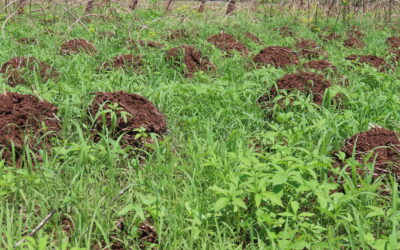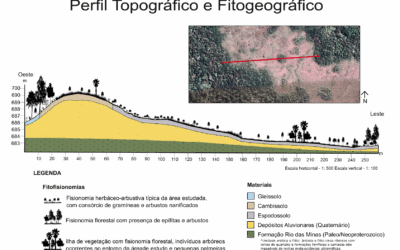This work, presented at NWLDW 2025, investigates the luminescence ages of a Vertisol from the Rio do Peixe Sedimentary Basin (PB, Brazil), integrating grain size, micromorphological, and weathering analyses. The results indicate that part of the dated material was internally mobilized by pedogenetic processes such as pedoturbation, challenging strictly depositional interpretations. The study reinforces the role of soil as an active record of the landscape and highlights the importance of pedogeomorphological approaches in tropical semiarid environments.
Landscape
Trapped in the forest: how soil shapes an unusual grassland in the Atlantic Rainforest
This study investigates the Campo do Veludo, an isolated grassland formation within the Atlantic Forest in southern São Paulo. By integrating soil, topographic, and vegetation data, the research shows that shallow, acidic, and poorly drained Spodosols shape the landscape structure and constrain forest expansion, resulting in a biogeographic enclave of exception. The authors also explore possible connections with muçununga formations, broadening the discussion on landscape diversity in humid tropical regions.




